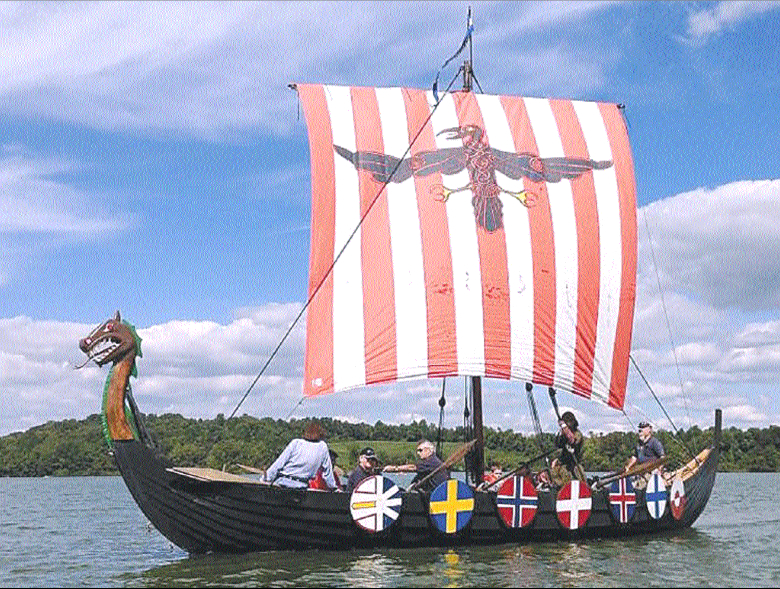Table of Contents
VIKINGS IN FICTION
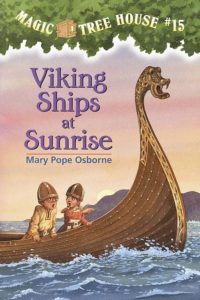 |
In #15 in Mary Pope Osborne’s popular Magic Treehouse series, Viking Ships at Sunrise (Random House, 2010), Jack and Annie are magically transported to a monastery in Ireland, just as Viking raiders arrive. For ages 6-9. From Scholastic, Viking Ships at Sunrise Lesson Plan has a number of activities to accompany the book, among them making and labeling a “Viking ship” on the floor (with electrical tape), learning to write your name in runes, researching Viking facts, and figuring out how long it takes to copy a page from a favorite book, medieval-monk-style. |
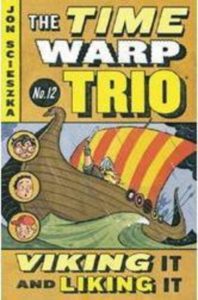
|
In Jon Scieszka’s Viking It and Liking It (Puffin, 2004), one of the giggle-provoking Time Warp Trio series, Joe, Fred, and Sam are propelled back to the time of the Vikings, where they become embroiled in a conflict between Leif Eriksson and his cousin, Grim-Snake-in-the-Grass. There’s an annoying bard suggestively named Bullshik, which – according to reviewer comments – many parents and teachers find objectionable. For ages 7-9. |
| Viking It and Liking It is a lesson plan to accompany the book. Activities include making a commercial for some aspect of Viking life and inventing a game of Viking Jeopardy. | |
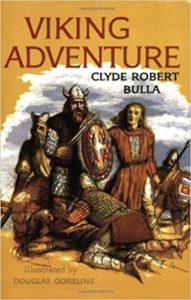
|
Clyde Robert Bulla’s Viking Adventure (Avyx, 2000) is the story of young Sigurd, who sets off on a voyage to “Wineland” in North America. The voyage turns out to be far more dangerous than expected – there’s a murder and a shipwreck – with only Sigurd left alive at the end to tell the tale. For ages 7-10. |
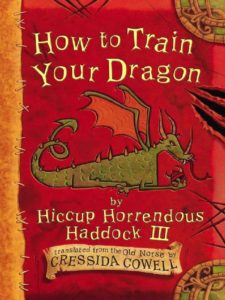
|
In Cressida Cowell’s How to Train Your Dragon (Little, Brown, 2010), Hiccup, a Viking warrior-in-training, and his fellow classmates must each capture a dragon and train it. Hiccup’s dragon – rude, lazy, and scrawny, but lovable – is named Toothless. When traditional Viking dragon-training techniques (yelling) fail, Hiccup decides to simply talk to Toothless – with successful results, as the pair of unlikely heroes prove when the clan is faced with a sea monster. The first of a series for ages 7-11. |
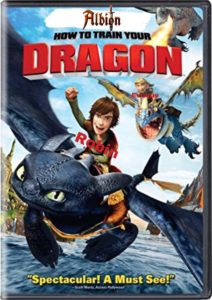 |
From DreamWorks, How to Train Your Dragon is the animated film version of the book. Rated PG. |
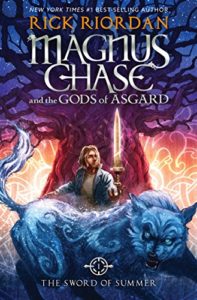 |
In Rick Riordan’s Magnus Chase and the Gods of Asgard series, the title character – a street kid from Boston – turns out to be the son of a Norse god. And it’s up to him to prevent Ragnarok. Start with Book 1: The Sword of Summer (Disney-Hyperion, 2017). For ages 8-12. |
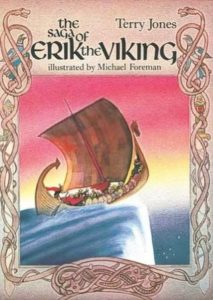
|
In Terry Jones’s The Saga of Erik the Viking (Pavilion, 2013), Erik and his crew set sail on The Golden Dragon to find “the land where the sun goes at night.” En route, they have exciting and heroic adventures with the Old Man of the Sea, monsters, enchanters, giants, trolls, and a dragon. A great read for ages 8-12. |
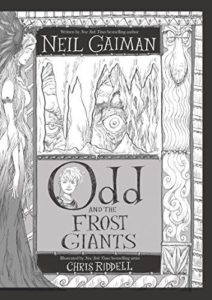 |
In Neil Gaiman’s Odd and the Frost Giants (HarperCollins, 2009), twelve-year-old Odd, who has a crippled leg and a hateful stepfather, sets off for a cabin in the wilderness. Along the way he meets a bear, a fox, and an eagle – who prove to be gods in disguise, transformed into animals by a Frost Giant. For ages 8-12. |
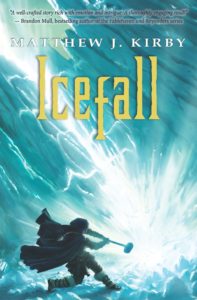
|
In Matthew Kirby’s Icefall (Scholastic, 2013), set in ancient Norway, a Viking king has sent his three children – Harald, his young son and heir, Asa, the beautiful oldest daughter, and Solveig, the plain middle child – to a distant mountain fortress for protection while the kingdom is at war. It soon becomes obvious that there is a traitor in their midst, and Solveig, now training to become a bard, must discover who it is. A terrific and suspenseful story for ages 8-12. |
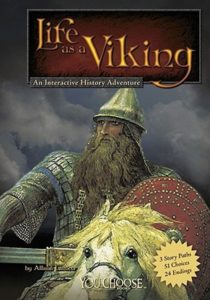 |
Allison Lassieur’s Life as a Viking (Capstone Press, 2010) is an interactive choose-your-own-adventure in which readers decide what to raid, battle, or invade. Historical information paired with a lot of slaughter. Be warned. For ages 9-12. |
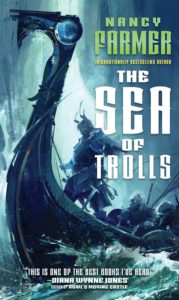
|
In Nancy Farmer’s The Sea of Trolls (Atheneum Books, 2006), a Viking-based fantasy, young Jack (who has been learning magic from the neighborhood Bard) and his little sister Lucy are captured by Northmen and taken to the home of Olaf One-Brow. Jack – soon in trouble with the half-troll Queen Frith – must save his sister by setting off on a quest to find Mimir’s well in Jotunheim, a fearful realm of trolls, dragons, and monsters. There are two sequels: The Land of the Silver Apples and The Islands of the Blessed. For ages 10 and up. |
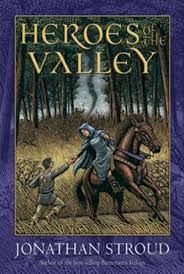
|
Jonathan Stroud’s Heroes of the Valley (Disney-Hyperion, 2010) is a fantasy set in the world of the Norse epics. The main character is fifteen-year-old Halli Sveinsson, youngest and least handsome son of the House of Svein, who sets off to avenge his uncle’s death and learns the truth about his heroic ancestors and their battle with the evil Trows. A grand adventure for ages 10 and up. |
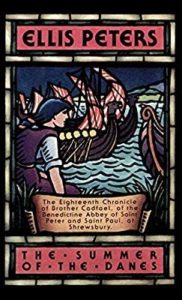
|
Ellis Peters’s Brother Cadfael series is a delightful collection of mysteries set in the 12th century, starring the herbalist/monk Brother Cadfael, an ex-Crusader with a sense of humor. In Summer of the Danes (Sphere, 1994), Cadfael is dispatched to Wales, where civil war threatens. There he is captured by Viking mercenaries. For ages 13 and up. |
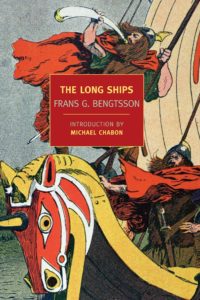 |
Frans G. Bengtsson’s The Long Ships (New York Review Books Classics, 2010) is the story of 10th-century Viking Red Orm, an exciting saga of kings, clans, battles, and blood feuds. Wonderful historical fiction for teenagers and adults. |
| The Historical Novels website has an annotated list of dozens of historical novels featuring Vikings. For older readers. | |
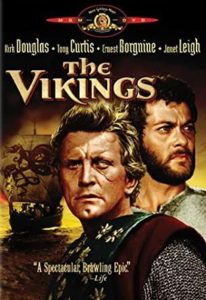
|
In the film The Vikings (1958), Einar (Kirk Douglas) and Eric (Tony Curtis) are half-brothers, though neither realizes the other’s identity. (Not surprising, since Einar is a chieftain’s son and a warrior, while Eric is a slave.) This is a gorgeous movie: there are battles, longships, a beautiful captured princess (Janet Leigh), a wolf pit, and a flaming funeral. No rating on the website, but I’d call it a PG-13. It’s riddled with historical inaccuracies, but is such fun to watch that nobody cares. |
